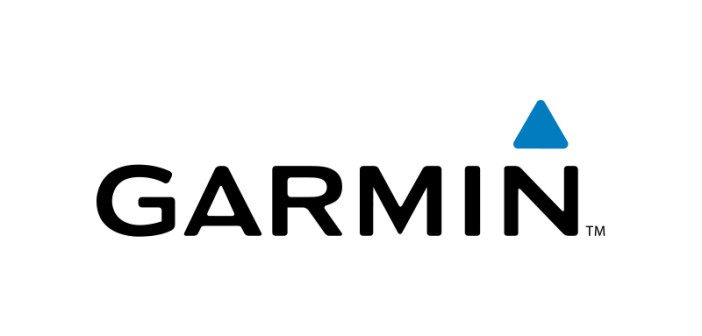U.S. Customs and Border Protection Rules for Navico in Case of Garmin’s Patent-Infringing Tilted Transducer
New Ruling Ensures Infringing Garmin Products Will Be Seized At The Border And Barred From U.S. Entry
[print_link]
Egersund, Norway – Navico – the world’s largest manufacturer of marine electronics and parent company to the Lowrance®, Simrad® and B&G® brands – announced today that U.S. Customs and Border Protection (CBP) has ruled in Navico’s favor with regard to the company’s ongoing litigation with Garmin (NASDAQ:GRMN). The 47-page ruling addresses Garmin’s “tilted” DownVü™ transducer design with CBP ultimately ruling on June 5, 2017 that these products are not admissible into the United States.
This ruling comes on the heels of an Enforcement Initial Determination (EID) filed by an International Trade Commission (ITC) Administrative Law Judge on May 25, 2017, which found that Garmin violated the cease-and-desist orders issued in 2015 regarding the importation and sale of products featuring tilted DownVü scanning sonar technology. Like the EID, CBP has also found that Garmin’s tilted DownVü products literally infringe Navico’s DownScan Imaging™ patents. The ruling means that all affected products will be stopped at the U.S. borders.
“We are very pleased that U.S. Customs and Border Protection has ruled in our favor,” said Leif Ottosson, CEO, Navico. “CBP is tasked with facilitating lawful trade, and this ruling — independent from the ITC — further reinforces our claims that Garmin has been marketing and selling patent-infringing products. This again sends a clear message to Garmin that they may not import the offending products. The CBP ruling puts the historic $37 million fine assessed by the ITC Administrative Law Judge into further context.”
Garmin sought the ruling from CBP relating to the DownVü products after Garmin had introduced its new ClearVü™ sonar technology to the market. Unlike ClearVü, the DownVü design includes a downward-looking element, which produces a better image beneath the boat. In the U.S., the ClearVü design compiles data from the side-scanning elements in the transducer to mimic a scanning image beneath the boat, which reduces clarity and range, degrades the appearance of targets and misses some targets entirely. For a side-by-side comparison of Garmin’s ClearVü technology compared to Navico’s patented DownScan Imaging, see https://youtu.be/s1ll1q6WHkk.
Outside of the U.S., Garmin sells products with the “tilted” element design under the ClearVü name. Navico also holds DownScan patents in the EU and Australia similar to its U.S. patents. Based on these recent rulings, Navico expects Garmin to cease selling the “tilted” transducer design in these jurisdictions.
With more than 60,000 employees, CBP is one of the world’s largest law enforcement organizations and is charged with facilitating lawful international travel and trade.
For more information on the Navico brands, please visit www.lowrance.com, www.simrad-yachting.com, pro.simrad-yachting.com and www.bandg.com. To find out more about the Navico Group of companies, visit www.navico.com.
About Navico: A privately held, international corporation, Navico is currently the world’s largest marine electronics company, and is the parent company to leading marine electronics brands: Lowrance, Simrad and B&G. Navico has approximately 1,500 employees globally and distribution in more than 100 countries worldwide. www.navico.com

